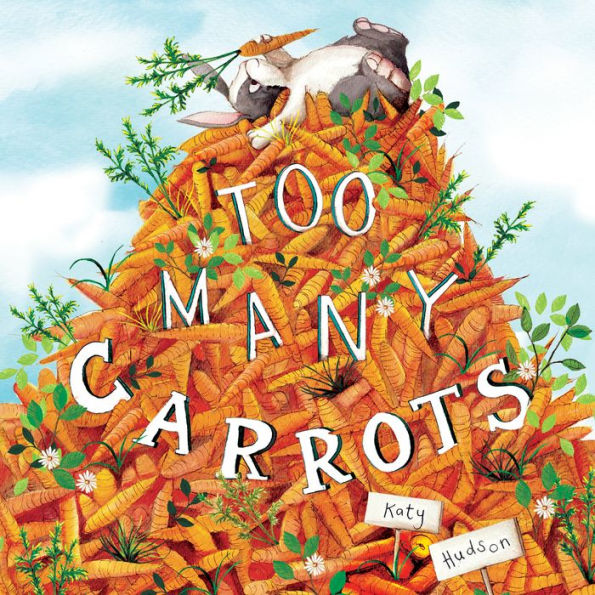Imagination Soup
Another winning picture book from the talented Katy Hudson!
ForeWord Reviews
In Too Many Carrots, a sweet story intended for children ages 2 to 7, rabbit learns the importance of sharing. . . .Illustrations accompanying the text are detailed and humorous, showing rabbit and his friends as they try to squeeze into space that is too small to accommodate them.
Barnes & Noble Kids blog
Picture Book of the Month for March! ...brings home the lesson that more is not always better with style, wit, and an abundance of adorable woodland creatures (not to mention root vegetables). . . .With bright and lively illustrations and a sweet message about the importance of friendship, Too Many Carrots is the perfect picture book to share with your little bunnies this spring. It may even inspire some spring cleaning in your own cozy burrow.
Teach Early Years magazine
Katy Hudson’s illustrations are a delight, especially the fantastic range of expressions she is able to bring to her characters’ faces – and her prose is easy and fun to read, bouncing along at lively pace with plenty of opportunities for children to join in with crashes and squeals. In short, all the ingredients are here for this book to become a real favourite.
Book Trust
Katy Hudson explores the themes of friendship and sharing in this charming and beautifully illustrated picture book.
13 Picture Books Perfect for Celebrating Spring Barnes & Noble Kids Blog
Hudson’s touching tale of friendship and sharing offers a warm welcome to spring.
Kirkus Reviews
2015-12-08
When Rabbit's unbridled mania for collecting carrots leaves him unable to sleep in his cozy burrow, other animals offer to put him up. But to Rabbit, their homes are just more storage space for carrots: Tortoise's overstuffed shell cracks open; the branch breaks beneath Bird's nest; Squirrel's tree trunk topples over; and Beaver's bulging lodge collapses at the first rainstorm. Impelled by guilt and the epiphany that "carrots weren't for collecting—they were for SHARING!" Rabbit invites his newly homeless friends into his intact, and inexplicably now-roomy, burrow for a crunchy banquet. This could be read (with some effort) as a lightly humorous fable with a happy ending, and Hudson's depictions of carrot-strewn natural scenes, of Rabbit as a plush bunny, and of the other animals as, at worst, mildly out of sorts support that take. Still, the insistent way Rabbit keeps forcing himself on his friends and the magnitude of the successive disasters may leave even less-reflective readers disturbed. Moreover, as Rabbit is never seen actually eating a carrot, his stockpiling looks a lot like the sort of compulsive hoarding that, in humans, is regarded as a mental illness. Superficially appealing; much less so upon closer examination. (Picture book. 6-8)



